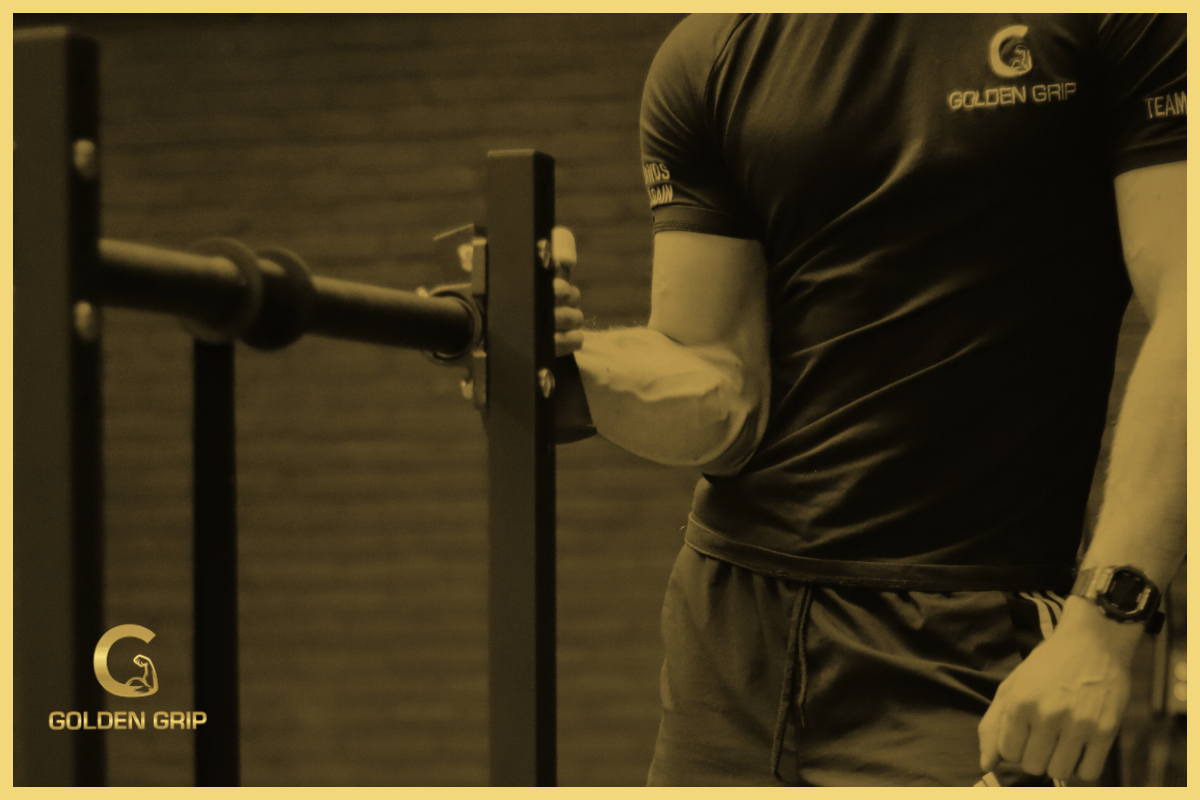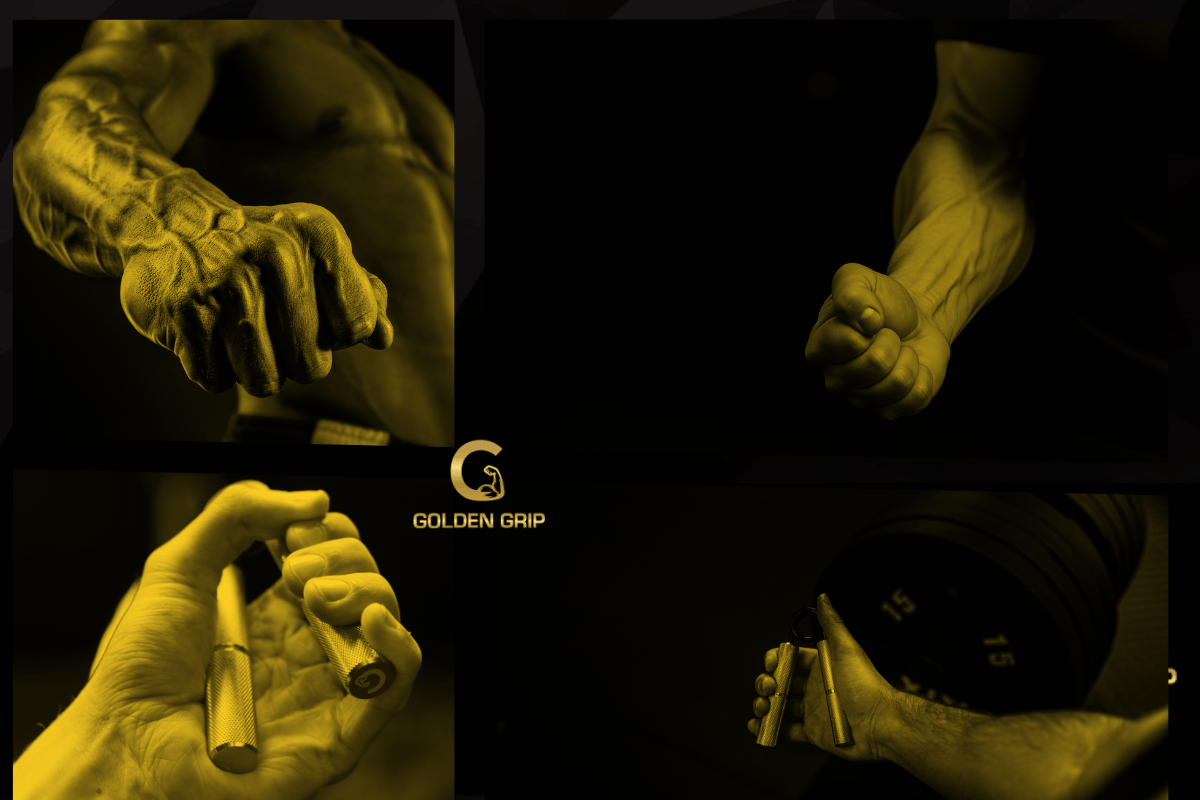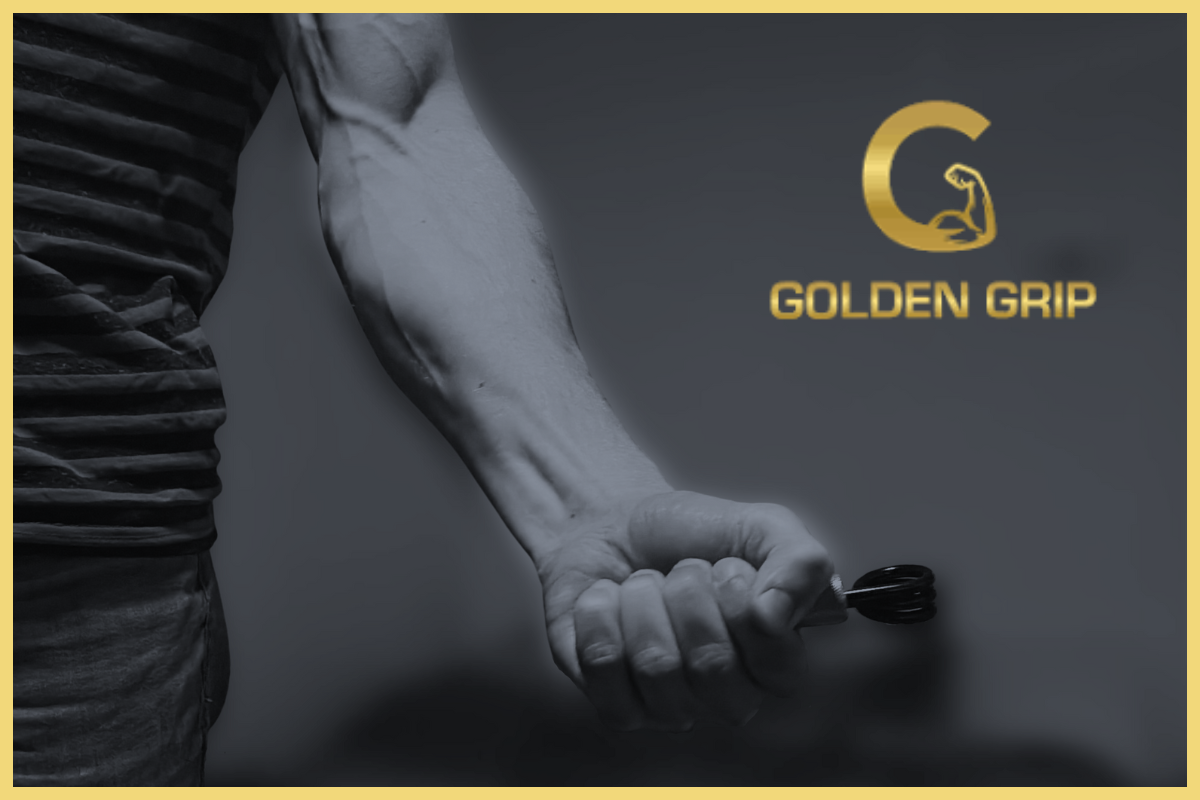Why Your Forearms Aren’t Growing: The Real Reasons
The Truth About Stubborn Forearms
Let’s be honest—everyone notices strong, thick forearms. You see them hanging out under a rolled-up sleeve, and you know that person lifts. But here’s the harsh reality: most lifters—no matter how long they’ve been training—are stuck with skinny forearms that just won’t grow.
Why? It’s not genetics. It’s not some mysterious muscle curse. It’s that almost nobody trains their forearms right, and most don’t train them at all. Walk into any gym, and count how many people you see doing direct forearm work. Now compare that to how many are grinding out set after set of curls or bench press. See the problem?
The truth: most lifters do just enough pulling, curls, or deadlifts to get a bit of forearm pump and call it a day. But real growth—thick, dense, veiny forearms—demands way more. If your forearms are stuck, it’s because something is missing from your approach. Let’s get into what really grows forearms, and why yours might not be growing (yet).
Forearm Anatomy: What You’re Really Missing
Here’s what most people don’t realize: forearm muscle is more complex than any other body part. When you think “forearm,” you might picture one or two muscles—but in reality, your forearms are packed with dozens of small, interlocking muscle groups.
- Brachioradialis: That big slab of meat on the thumb side, especially visible when your arm is bent. It’s a primary elbow flexor—and a major contributor to forearm size.
- Wrist Flexors & Extensors: Flexors fill out the inside (palm side), while extensors run along the outside/top. Both need direct work.
- Pronators & Supinators: These control rotation of the forearm (turning your palm up or down). Almost nobody trains these—but they fill out the “elbow meat” and create a true 3D look.
- Radial & Ulnar Deviators: Side-to-side wrist movement. Neglected by 99% of lifters, but critical for full forearm development and bulletproofing your wrists against injury.
If you’re only doing curls, you’re hitting a fraction of what actually makes the forearm grow. Want proof? Look at armwrestlers—every section of their forearm pops, because they train every movement, not just up and down.
Top Reasons Your Forearms Aren’t Growing
Let’s break it down—here are the most common reasons your forearms are stuck:
-
No Direct Isolation Work
Most people never actually train their forearms directly. Deadlifts, pull-ups, and rows only hit the grip muscles isometrically—and they miss half the muscles. You’ll get some endurance, maybe a bit of density, but not growth that stands out.
-
Only Training Flexion (Wrist Curls)
Wrist curls are popular. But if you never do reverse curls, wrist extensions, or lever work, you’re leaving half your forearm on the table. Most size gains come from training both flexors and extensors.
-
Neglecting Grip Variety
“Grip training” isn’t just squeezing a hand gripper. You need crushing, pinching, support holds, and hand extension. Each targets a different set of muscles, tendons, and stabilizers.
-
Low Volume & Weak Effort
The forearms recover fast and can handle tons of work. A couple sets here and there won’t cut it. You need 6–10+ sets a week, near failure, and often high reps to actually force adaptation.
-
Zero Progressive Overload
No tracking. No increase in reps, sets, or load. You’d never grow your chest or back that way—same goes for forearms. Measure your progress. Add weight, reps, or difficulty every week.
-
Poor Recovery and Nutrition
Muscles don’t grow during training—they grow during recovery. If you’re under-eating or not sleeping, you’ll spin your wheels forever, no matter how hard you train.
-
Ignoring Wrist Pain or Imbalances
Pain is feedback, not a badge of honor. Training through sharp wrist or elbow pain just sets you back. Swap movements, cut volume, and add recovery if you’re feeling cooked.
“I was doing rows and deadlifts for years and never saw any forearm growth. Only after I started doing high-rep wrist curls, reverse curls, and lever work did my forearms start to pop. Now people actually notice.” – Customer review
Muscle Fiber Types and Why Volume Matters
Here’s what science and decades of athlete experience show: the forearm is packed with slow-twitch muscle fibers. These are designed for endurance—not just short, heavy lifts. That means they recover quickly and respond best to high volume and high frequency.
- Most lifters need 12–20 reps per set for isolation moves (wrist curls, extensions, lever work)
- Multiple sets, 2–3x per week, is the sweet spot
- Chasing the “burn” is a good thing—it means you’re hitting those endurance fibers
Don’t be afraid to push the volume, as long as your recovery is on point. And don’t let soreness scare you off—mild soreness is normal and won’t stunt your progress if you can still move well.
Pro tip: If you want real size, treat forearms like calves: high reps, high frequency, constant progression. That’s how the freakiest arms in history were built:contentReference[oaicite:0]{index=0}.
Complete Training—What You Need To Do
Here’s the blueprint nobody talks about. If you want big forearms, you need to hit every angle, every function, and every muscle group. Here’s how to break it down:
1. Brachioradialis Training
Why it matters: This is the muscle that creates that beefy “meatslap” from elbow to wrist. It’s most active in neutral or pronated curls.
How to train it: Hammer curls, reverse curls, Zottman curls. Use slow eccentrics (3–4 seconds down), and push for 10–15 reps per set.
2. Wrist Flexion & Extension
Why it matters: These fill out the “belly” of your forearm and create overall size. Most people train flexion (wrist curls) but never extension.
How to train it: Wrist curls (dumbbell/barbell, thumbless grip), behind-the-back wrist curls. Reverse wrist curls or wrist extensions with dumbbells or specialty tools. Aim for 12–20 reps, high volume.
3. Pronation & Supination
Why it matters: Critical for elbow width and 3D look. Ignored by almost everyone except armwrestlers and climbers.
How to train it: Lever lifts with a judo belt, dumbbell, or specialty handle. Focus on high reps, slow control.
4. Radial & Ulnar Deviation
Why it matters: Builds the “side ridges” of your forearms, improves wrist health, and prevents injury.
How to train it: Lever work with the weight loaded on one side of the hand (hammer, lever bar, etc.). These movements bulletproof your wrists for life.
5. Grip Training (All Types)
- Crushing Grip: Hand grippers, grip machines—max effort or high reps
- Pinch Grip: Pinch blocks, plate holds
- Supporting Grip: Dead hangs, farmer’s walks, thick bar holds
- Hand Extension: Finger elastics, rice bucket training (for opening hand strength and balance)
If you’re not hitting at least 4–5 of these each week, something’s missing. Make each session count: focus on slow, controlled reps, deep stretches, and chase the pump.
“Direct training made all the difference. My arms finally started growing once I added in pronation/supination and wrist extension. It’s not just about heavy deadlifts anymore.” – Verified review
How To Program for Forearm Growth
Don’t overthink it—stick to a simple but brutal approach. Here’s a sample template used by top athletes and proven in real-world settings:
Weekly Structure (6–10 Sets Per Session, 2–3x Per Week)
- Wrist curls: 2–3 sets, 12–15 reps
- Wrist extensions: 2–3 sets, 12–15 reps
- Hammer curls or reverse curls: 2–3 sets, 10–15 reps
- Pronation/supination (lever work): 2 sets, 12–15 reps
- Dead hangs/pinch holds: 2 sets, hold to failure
- Crushing grip (grippers/machines): 2 sets, 6–12 reps
- Radial/ulnar deviation: 2 sets, 15–20 reps
Slot these at the end of your workouts, or dedicate 15–20 minutes, three times a week. Track your weights, reps, and make sure you’re increasing the load or reps every week.
If you do heavy grip work (like deadlifts) elsewhere, adjust volume down to avoid recovery issues. Listen to your body—pain means adjust, not push through blindly.
Recovery, Nutrition, and Progress Tracking
Here’s what nobody wants to hear: muscles don’t grow in the gym. They grow when you rest, eat, and recover. Ignore this, and you’ll stay stuck forever.
- Sleep: Aim for at least 7 hours a night. Growth hormone, recovery, and muscle repair all depend on it.
- Nutrition: Hit at least 1.8g protein/kg body weight, eat at least maintenance calories. If you’re cutting, don’t expect maximum growth.
- Active Recovery: Stretch your forearms (don’t skip the thumb), do rice bucket work, and use contrast baths for blood flow. Foam rolling and muscle scraping can speed up recovery and keep everything feeling fresh.
- Pain Management: If your wrists or elbows hurt, don’t tough it out. Switch up the exercise, drop the weight, or take a few extra days for recovery. Use rice bucket circuits for gentle rehab between hard sessions.
Track your forearm size once a month (flexed and unflexed, just below the elbow) and test your grip strength (hangs, grippers, or pinch lifts) at the start and every few weeks. You should see a measurable difference in 6–8 weeks if you’re doing it right:contentReference[oaicite:1]{index=1}.
Troubleshooting: Stubborn Forearms FAQ
-
“How long until I see results?”
Most people see visible vascularity within 2–4 weeks, and up to 1–2cm of arm growth by the end of a 6-week dedicated program—if recovery and nutrition are in check. -
“Can I do this with my main program?”
Absolutely. Treat forearm work like accessory training—tack it onto the end of main workouts, or run it as a short standalone routine. -
“My wrists or elbows hurt—what now?”
Switch to pain-free movements, drop the volume, add in more rehab (rice bucket, light stretching), and only return to heavy work once you’re pain-free. Persistent sharp pain? See a physio. -
“Why do the exercises repeat each week?”
Consistency beats variety. Master the movement, then add load or reps to drive progress. That’s how you get real, trackable gains. -
“I’m still sore—should I train or rest?”
If you can move well, train. If soreness limits your form or range of motion, rest. Mild aches are normal—chronic pain or compromised movement isn’t.
“After years of trying random tips, finally measuring my progress and sticking to the same exercises for weeks made all the difference. The tape measure doesn’t lie.” – Actual user feedback
Final Thoughts: Bring Up Your Weakest Link
Here’s the bottom line—forearms aren’t stubborn, they’re just under-trained and under-recovered. If your sleeves are still loose, it’s because something is missing: direct work, enough volume, recovery, or progression. The blueprint is simple, but you have to actually follow it, week after week.



